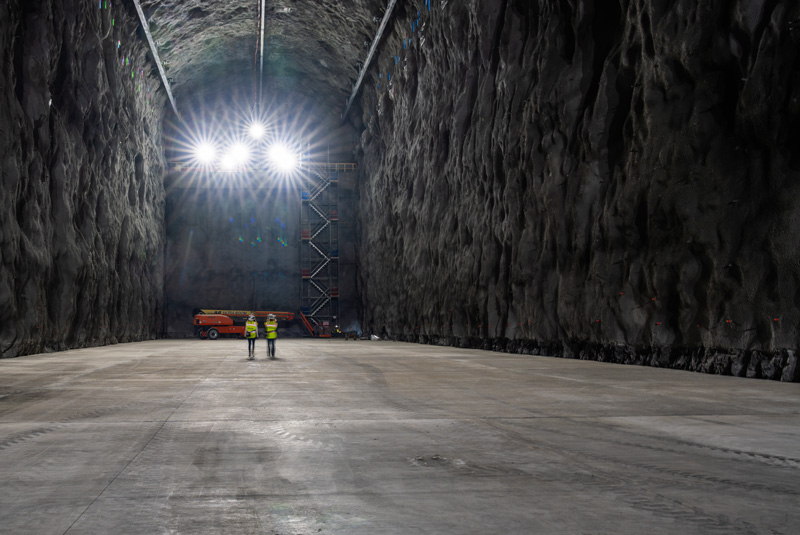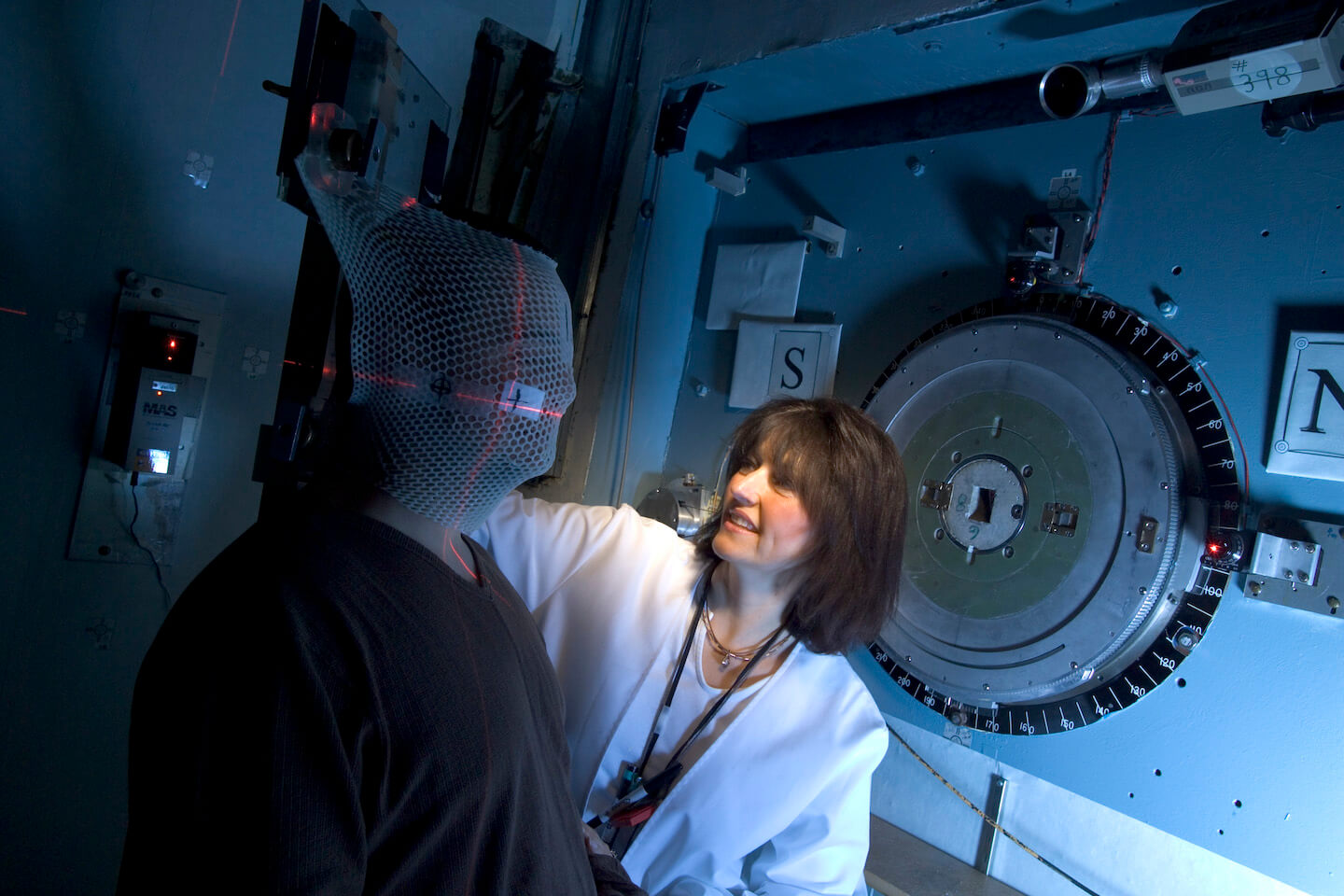DUNE will add immeasurably to our knowledge of the universe. It will also drive progress in science and industry around the world, with benefits for all.
Economic benefits for partners and the host country
Global megascience efforts like LBNF, DUNE and PIP-II rely on the skills, expertise and industries of partners around the world to develop and build their massive, complex instruments. In this successful model – also used to build CERN’s Large Hadron Collider and its four experiments – high-tech components and software are researched, developed, constructed and tested at universities, laboratories and companies in dozens of partner countries. Finished components are then delivered to the host laboratory – in this case, Fermilab – for final assembly and integration.
This globally distributed model ensures that the construction of LBNF, DUNE and PIP-II will have direct and immediate economic benefits in each of the partner countries. These include equipment and supply purchases from local companies, and local jobs created to research, construct and test the software and equipment.
Local scientists, students, technicians and industry professionals will gain new skills while building these components and testing this software, and as those skills are put to work in the fields of science and technology, they will help grow each country’s economy.

The United States, as the host country, will see increased economic output in Illinois and South Dakota, and the benefits of the project will be felt by more than 25 states across the United States and in more than 35 countries partnering in the DUNE scientific collaboration, as local companies and universities develop, build and test high-tech detector components and software.
New technology applications
Scientists working on LBNF, DUNE and PIP-II are pushing the boundaries of technology to build powerful accelerators and massive, ultracold detectors, the likes of which have never been attempted before. Tools and technologies developed for previous particle physics experiments now power next-generation medical imaging devices, enable advanced cargo screening for safer borders, monitor the cores of nuclear reactors, help manufacture customized medical implants and treat cancer.

Research and development are under way today to develop new ways to apply particle accelerator, detector and computing technologies to serve the environment, industry, medicine and much more. The advances needed for LBNF, DUNE and PIP-II hold the promise of revolutionizing several fields in the coming years. Examples include:
- Ultrasensitive particle imaging technology of massive size
- Advanced computing technology for pattern recognition
- Development of electronics for use in ultracold environments
- Advancing materials science, drug discovery, biological science research using light sources powered by next-generation superconducting accelerators
- Wastewater treatment free of harmful chemicals using intense particle beams
- Extending the life of highway surfaces using compact, mobile superconducting accelerators
Advanced STEM education and training
LBNF, DUNE and PIP-II will help build the STEM workforce needed for tomorrow’s high-tech global economy. Scientists, students, technicians and industry professionals in each partner country will receive hands-on training on the latest technologies as they work to develop, build, assemble and test the components of these projects. University physics students from every DUNE partner country will receive unparalleled training opportunities in cutting-edge scientific environments.
DUNE scientists around the world are engaged in education and outreach programs with students and the public, inspiring future generations of STEM professionals and raising global science literacy.
Broader benefits of particle physics and accelerator technology
Read more: Particle physics and society
Particle physics makes a difference in your life
Fact sheet: Study on the economic impacts of LBNF and DUNE in Illinois and South Dakota (full report)
